
Artstyle and Ludonarrative Dissonance
Video games as a medium have historically been heavily reliant on visuals as shorthand. Whether to aid in immediately familiarising the player with the kind of world they are about to partake in, or cluing them in immediately to the genre, how a game is visually presented plays a not-insignificant role in shaping the player’s expectations when going into a new gaming experience. When done in a standard way, the visual presentation of a game sets players on the right path to navigating the game and its systems, but that is not to say that there haven’t been games that have used their visuals to trick the player and challenge their expectations, leading to a sense of ludonarrative dissonance.
An example of visuals working as a tutorial to steer players in the right direction can be observed in Breath of the Wild (Nintendo, 2017). When Breath of the Wild first appeared on the scene, it was the first truly open-world Zelda game since the original came out in 1986. Players familiar with the standard Zelda formula would need a simple yet comprehensive tutorial to introduce them to the idea of greater freedom and creative expression that the game provides. To that end, the tutorial area of the Great Plateau exceeds as a safe environment in which players are shown the basic mechanics and environmental challenges they will face in the playthrough to come. As mentioned in Juul’s “The Aesthetics of the Aesthetics of the Aesthetics of Video Games”, just to the left of where the player emerges there is an area that visually lets the player know that it is too cold for the player character, Link, to enter. Right next to the entrance of the frigid area, there is a cluster of spicy peppers. The peppers give off a faint sparkle, visually indicating to the player that they can interact with the items. If the player is to give in to their curiosity and ‘pick up’ the peppers they are greeted with the flavor text: “This pepper is exploding with spice. Cook with it to create dishes that will raise your body temperature and help you withstand the cold”. Through deliberate placement and subtle visual cues, the player now understands that if they encounter an environmental hazard in the game world then they can use items such as the spicy pepper to mitigate the effects.
In fact, Breath of the Wild’s art style was chosen for the purpose of making it easier for the player to be able to visually distinguish between the background, enemies, and interactable pieces of the environment. When discussing why cel-shading was chosen for an earlier game in the series, The Wind Waker (Nintendo, 2002), developer Satoru Takizawa stated that using this cel-shading made it easier to “represent the mechanisms and objects for puzzles [in The Wind Waker] in a more easy-to-understand way” (IwataAsks, 2013). Similarly, cel-shading was chosen in order to make information easier to represent in the game world.
But again, not all games use their visuals in such a way as to lead and guide the player. In fact, the graphic art style of the game Undertale (Toby Fox, 2015) goes a long way to mislead the player. The game employs a 2-D, pixelated art style with simple yet distinct character designs, very reminiscent of Earthbound (Ape, 1994), a game from which Undertale takes great inspiration. As a so-called ‘Earthbound-clone’, Undertale does not seem to shake off what its visuals suggest: that the game is a turn-based RPG where players fight and defeat wacky monsters. With this framework in mind, new players will dive into Undertale, likely killing any monsters that approach them in the random encounter system. This is how Undertale tricks its players. By playing in a way typical of the 2-D turn-based RPG, players are actually ignoring the correct way to play the game, which consists of sparing every single enemy, not killing one single creature.
This bait-and-switch that occurs on the visual level is supplementary to the contrast that can exist between the gameplay of Undertale and the story and message that lies at its root. The game is ultimately about justice, mercy, and challenging preconceptions on what it means to be a ‘monster’. One of the first characters the player meets is a monster named Toriel. She guides players through the tutorial area, the Ruins, and gives them this crucial advice: “While you are in a FIGHT, strike up a friendly conversation.” This is the players’ introduction to the Spare and Mercy mechanic, which appears last on the battle UI, after Fight, Act, and Item. With the Mercy button so far from the default action, the game seems to be visually indicating that the Mercy option is superfluous and almost a gimmick, similar to a Pray mechanic that appears in Earthbound. With every fight, the player is given the option to fight their opponent to the death or spare them. Fighting, gameplay-wise, seems to be the best option as it allows the player to gain EXP points and level up, however, as the game progresses, the environments and character interactions will start to change significantly depending on if the player has killed enemies, spared them, or done a mix of both. This can create a divide between the player’s actions and the story of the game, leading to a sense of ludonarrative dissonance. It is the player’s choice to fight or to show clemency to the monsters, but the messages of pacifism and justice prevail regardless.
Ultimately, how a game is visually presented, whether through art style, level design, strategic item placement, UI setup, or character design, can and does play an important role in guiding players and setting up expectations for both gameplay and story. The interaction and contrast between how a game visually presents itself and the narrative can also enhance the story and themes of a game, subverting player expectations and feeding into a sense of juxtaposition between what a player is either doing or wants to be doing and what the narrative paints as the correct path.
Bibliography and Works Cited
Juul, Jesper. “The Aesthetics of the Aesthetics of the Aesthetics of Video Games: Walking Simulators as Response to the Problem of Optimization”. 12th International Conference on the Philosophy of Computer Games Conference, Copenhagen, 2018.
Seraphine, Frederic. (2018). The Rhetoric of Undertale-Ludonarrative Dissonance and Symbolism.
Takizawa, Satoru. Interview. Conducted by Satoru Iwata via IwataAsks, 18 September 2013.Nintendo EPD. (2017). The Legend of Zelda: Breath of the Wild, Nintendo (Switch).
Toby Fox. (2013). Undertale, Toby Fox (PC)
























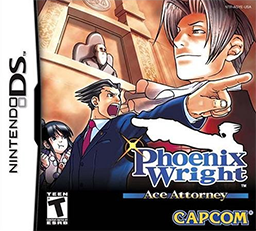


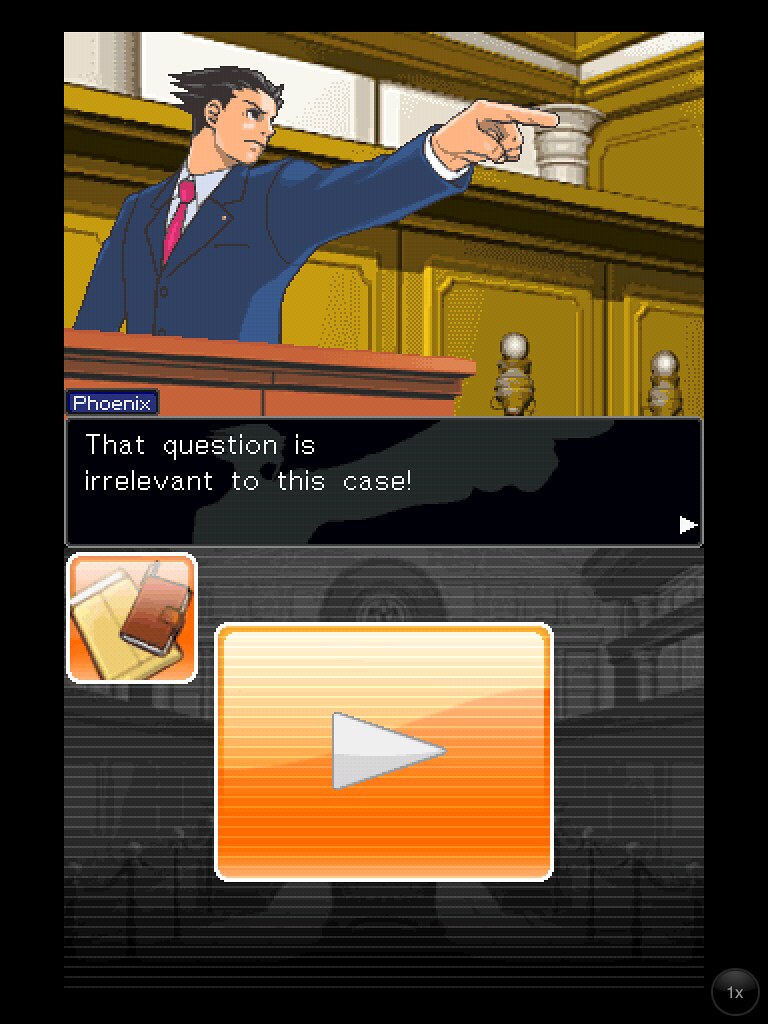
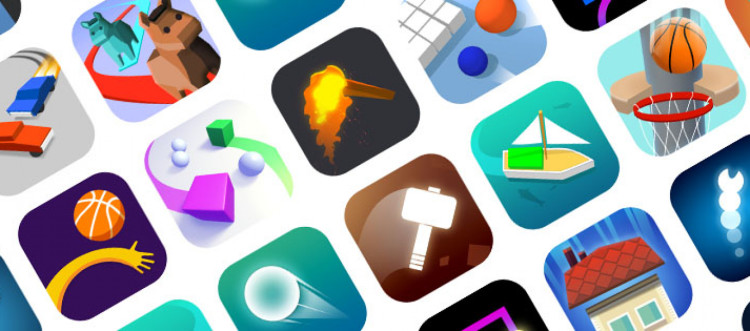
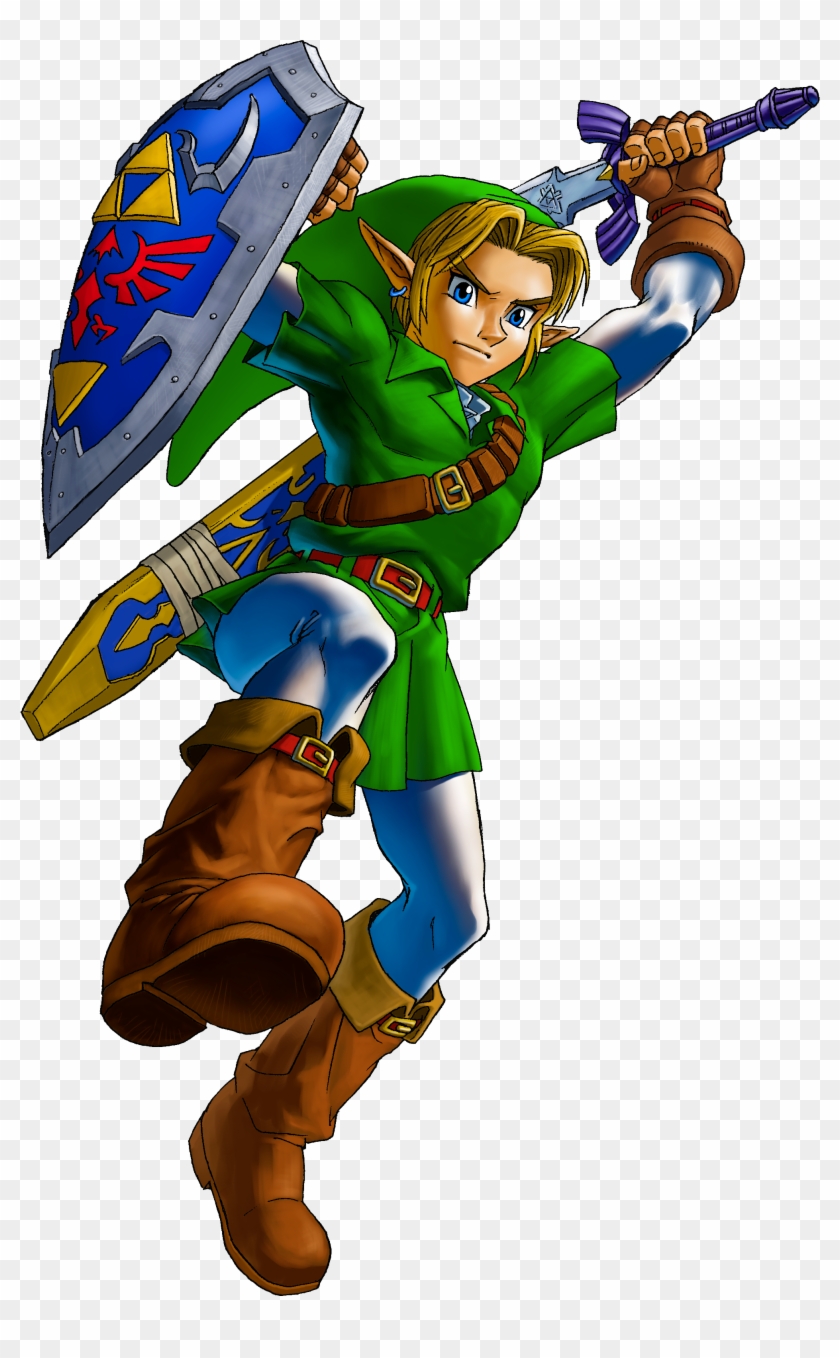

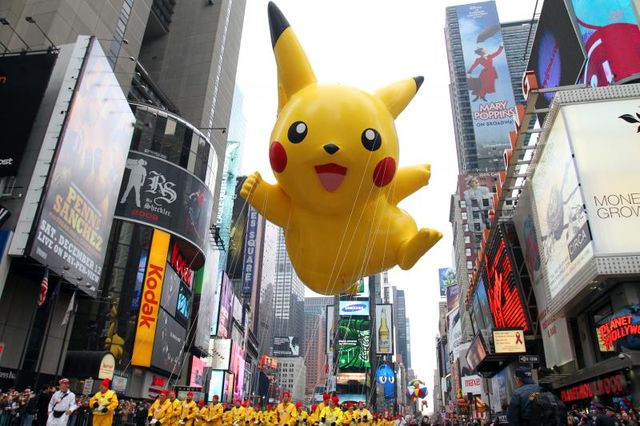

You must be logged in to post a comment.